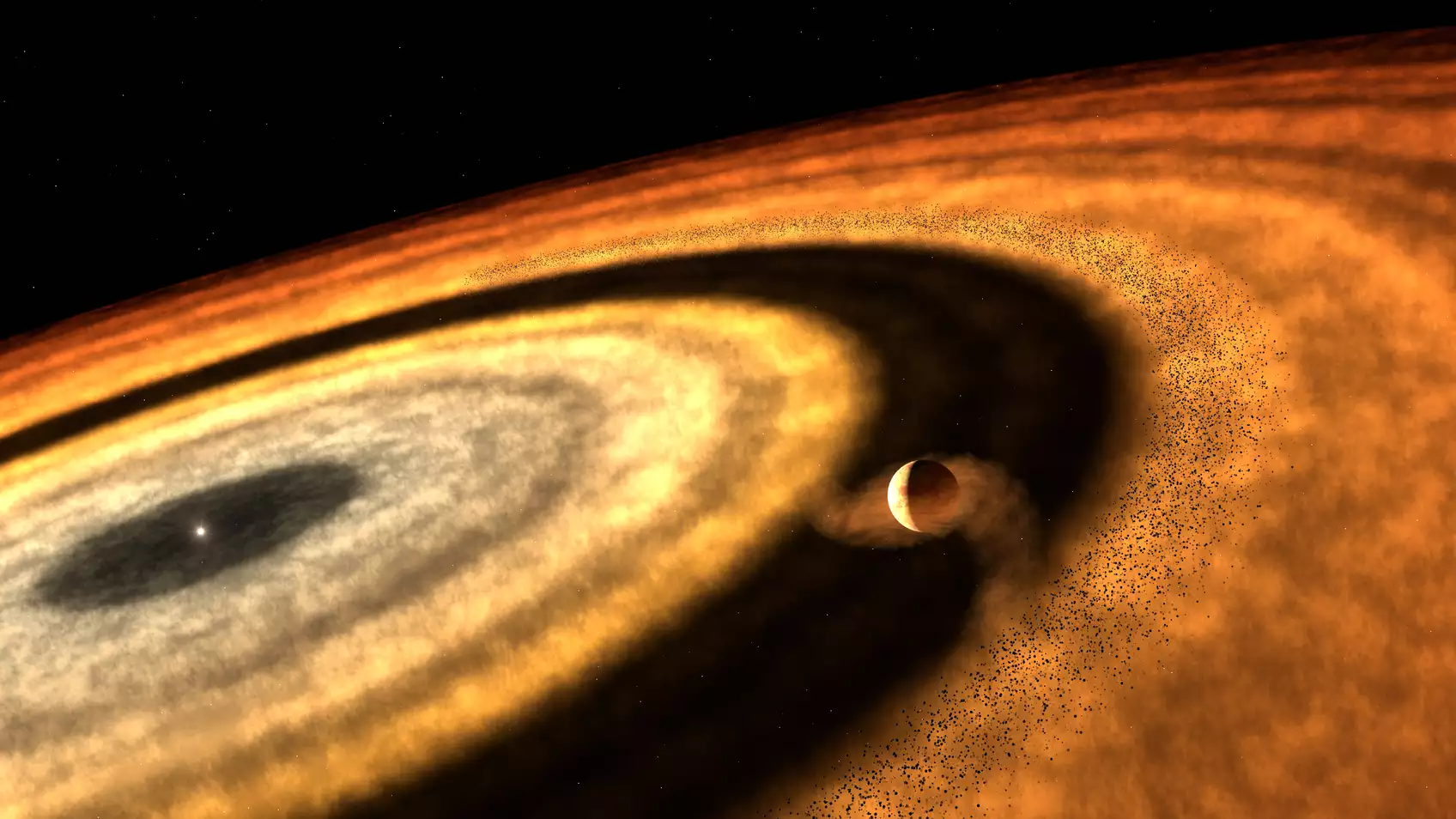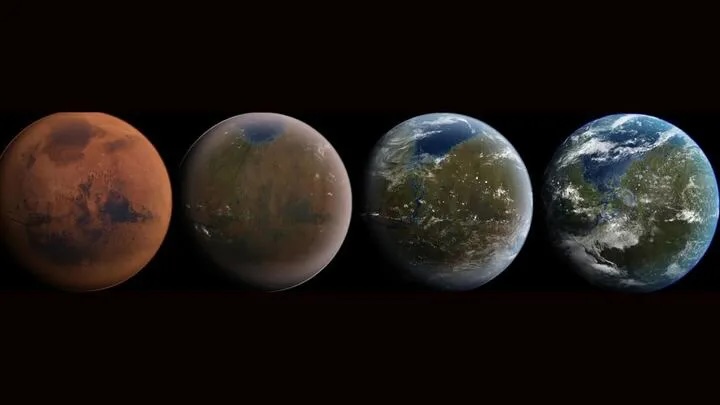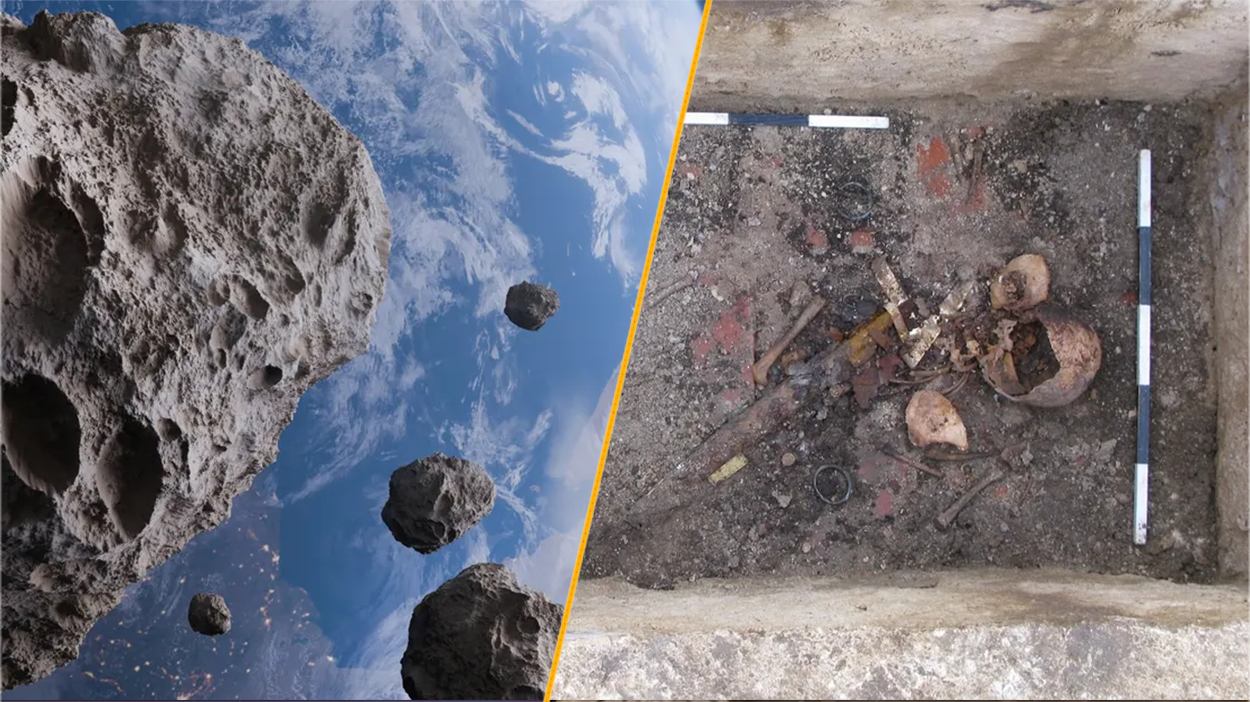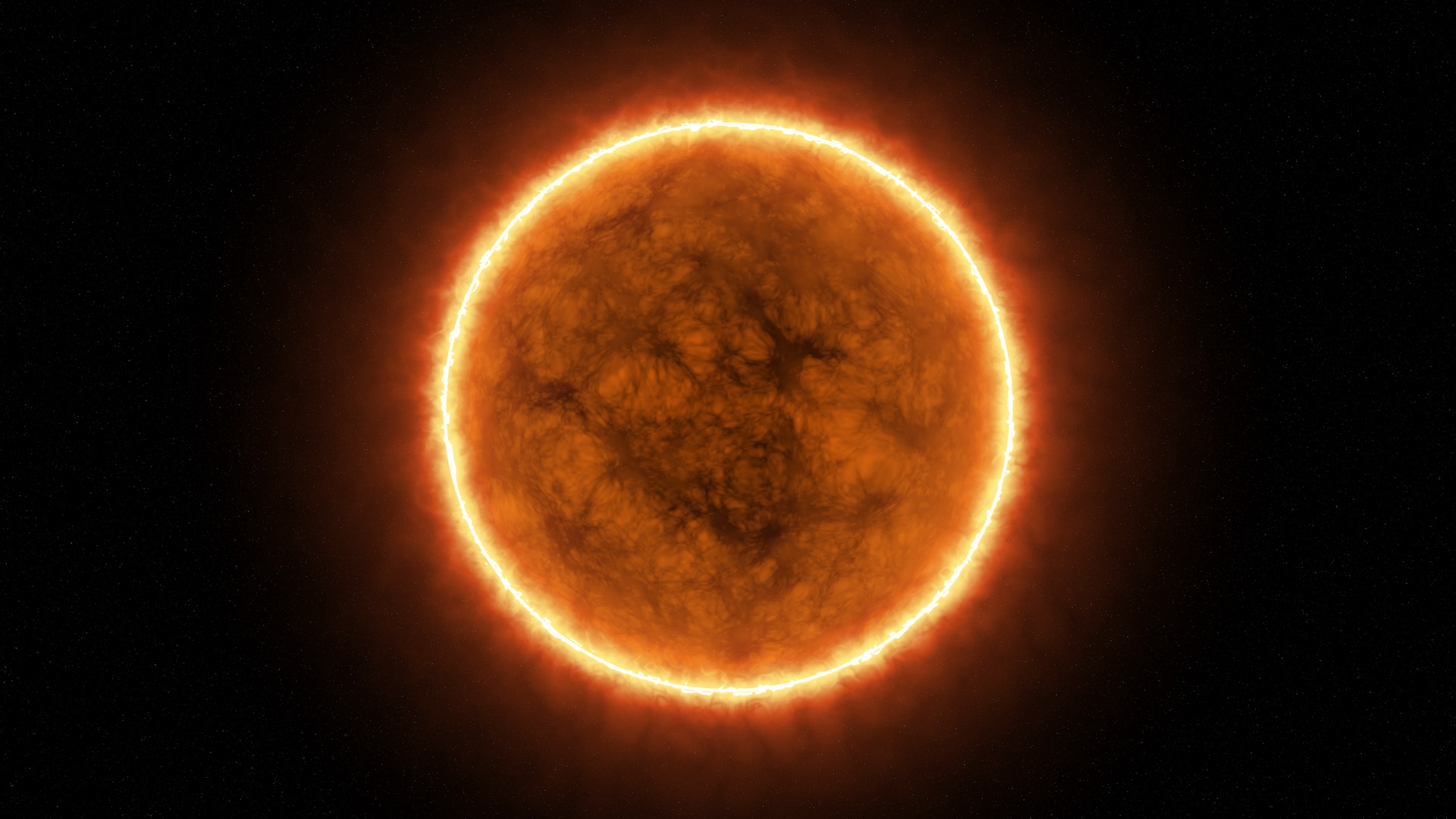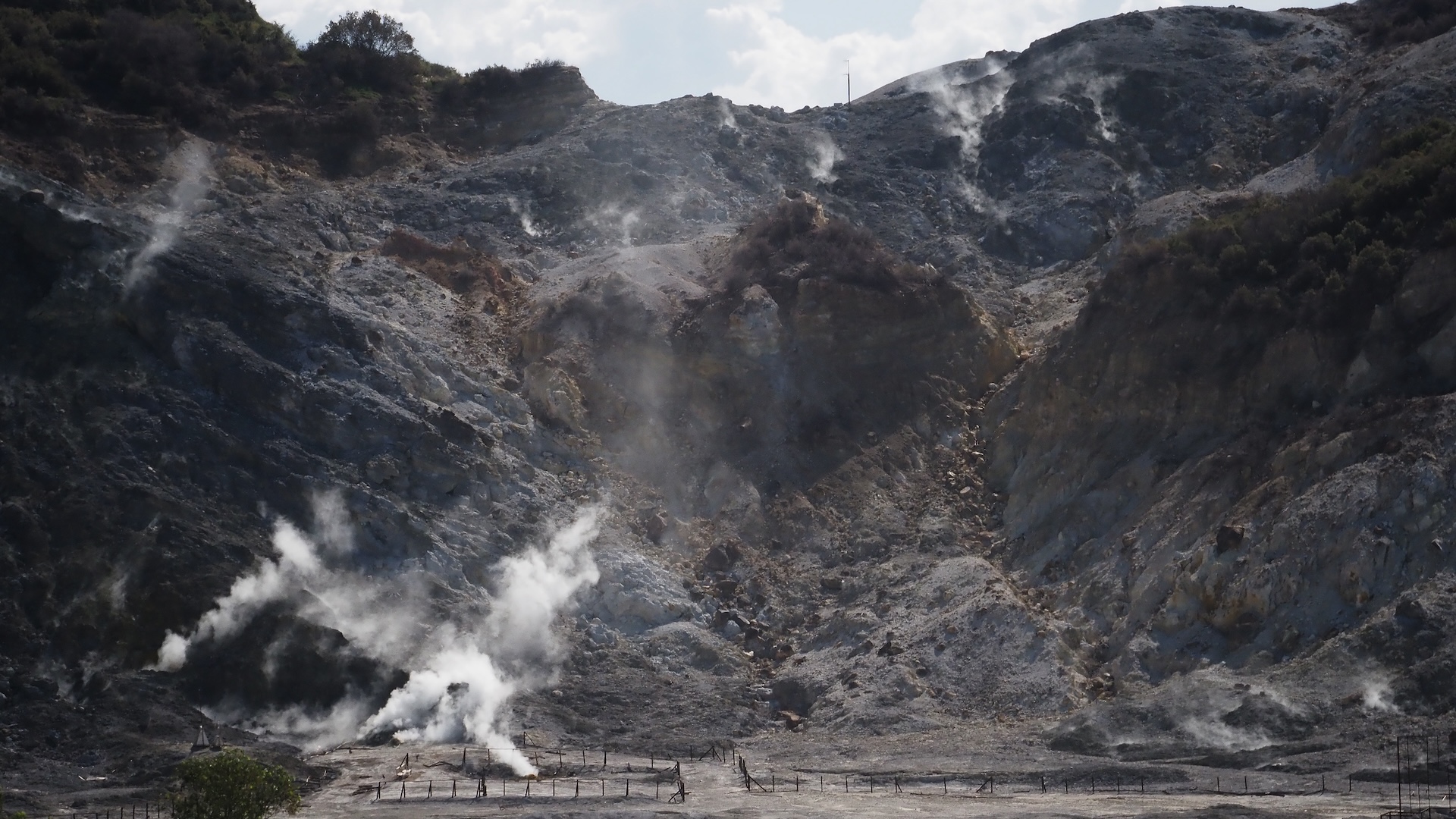Astronomers using NASA’s James Webb Space Telescope (JWST) have identified several surprising molecules in the scorching clouds of a “hellish” alien world. One of the compounds has never been seen in any planetary atmosphere before.
The exoplanet, dubbed WASP-121b, is a gas giant, around 1.2 times more massive than Jupiter and roughly 1.8 times as wide, that was first discovered in 2016. It is located approximately 880 light-years from the solar system and orbits extremely close to its home star, circling the alien sun every 30.5 hours. Its extreme proximity to the star means that it is “tidally locked,” similar to how the moon is trapped around Earth, where one side of the planet constantly faces the star while the other is always pointed away. If it were to get any closer to the star, the planet would likely be ripped apart.
The hell planet’s eternal “day side” reaches temperatures of around 5,500 degrees Fahrenheit (3,000 degrees Celsius), classifying the exoplanet as “ultra hot,” while its dark “night side” is a slightly milder 2,750 F (1,500 C). Recent studies have also revealed that the alien world likely has molten iron rain and extreme hurricanes that make the solar system’s biggest storms seem calm in comparison.
Researchers recently turned JWST’s Near-Infrared Spectrograph (NIRSpec) instrument toward WASP-121b — also known as “Tylos” (meaning Bahrain in ancient Greek), after the Gulf state won the right to name it in 2022 — to get a better look at its superhot atmosphere. The team took observations from across the exoplanet’s brief orbit around its sun, allowing them to capture clear pictures of both its day and night sides.
The team’s observations, described in two papers published June 2 in the journal Nature Astronomy and The Astronomical Journal, revealed silicon monoxide (SiO) gas in the exoplanet’s never-ending day side atmosphere, which has not been detected in the atmospheres of any of the more than 5,000 exoplanets discovered so far.
Related: Did the James Webb telescope really find evidence of alien life? Here’s the truth about exoplanet K2-18b.
“Detecting SiO in WASP-121b’s atmosphere is groundbreaking,” Anjali Piette, an astronomer at the University of Birmingham in the U.K. and co-author of the Nature Astronomy study, said in a statement. “[It is] the first conclusive identification of this molecule in any planetary atmosphere.”
SiO is sometimes found in stars, but is fairly rare elsewhere. It can be synthetically produced on Earth and is used to make solar panels, optical devices and some batteries. However, it is always a solid because its gaseous form is too unstable to exist in most planetary atmospheres.
Unlike other first-of-their-kind molecules spotted by JWST, such as the controversial “signature of life” dimethyl sulfide on K2-18b, the presence of SiO on the exoplanet is not an indication of potential extraterrestrial life — even though silicon-based lifeforms may be possible.
Instead, the molecule likely originates from silicate-rich materials, such as quartz, inside asteroids that have burned up in WASP-121b’s atmosphere. The compound has remained in a gaseous state due to the incredibly high temperatures on the day side.
The researchers note that the new findings are proof of JWST’s extraordinary resolution, which will allow us to learn more about how “hell planets” and other gas giants form.
“Studying the chemistry of ultra hot planets like WASP-121b helps us to understand how gas giant atmospheres work under extreme temperature conditions,” Joanna Barstow, a planetary scientist at the Open University in the U.K. who co-authored both new studies, said in a statement.





